Flowery rhetoric on CSA cannot redeem it

The government, ever since the Cyber Security Act (CSA) was passed in September replacing the Digital Security Act (DSA), has mostly sought to sugarcoat its way out of any critical focus on the new law by citing reduced penalties, especially in case of defamation. While the shift from jail term to fine in some sections and expanding bail options mark a welcome change, we cannot deny that the law is still far from what we had expected. Beyond those sentencing changes, it retains all but one offence from its infamous predecessor, and thus has the same exploitative potential. Against this backdrop, we find the recent observations of a High Court judge quite illustrative.
Justice Sheikh Hassan Arif was categorical when he said at a workshop that five sections of the CSA—22, 23, 25, 27, and 28—will "always remain a threat to independent journalism." He noted the lack of clarity in them. For example, Section 22 deals with digital or electronic forgery, but does not say what constitutes forgery. Similarly, Section 23 deals with fraud through digital or electronic means, while Section 25 is about the transmission or publication of offensive, false, or threatening information. Sections 27 and 28 address cyber terrorism and religious sentiments, respectively. Such overly broad terms leave room for interpretations and potential abuse. If exploited, these sections, as well as others underscored by the Editors' Council, would not only put journalists—who were among the biggest victims of DSA—in trouble, but ordinary people, too.
The retention of these controversial sections invalidates the uplifting assessment by the state minister for information that there is "a huge difference" between DSA and CSA. There is not. Moreover, reduced penalties are a poor substitute for the debilitating experience that one has to go through if implicated in a case. What safeguards are there against politically motivated cases or arbitrary arrests by police? Even if a defendant doesn't land in jail, few cases are properly disposed of in our court system, so one has to carry the stigma or burden of a case indefinitely. The real question, then, is not if DSA 2.0, as an editorial by this paper rightly called the CSA, is as draconian, but if it will be abused with the same zeal.
One can ill-afford to be hopeful under the present climate, despite the apparent lull in CSA activities. We, therefore, urge the government to stop hiding behind flowery rhetoric about this potent tool of harassment and intimidation, and repeal or properly amend it. Five years of rampant DSA abuse demand nothing less.

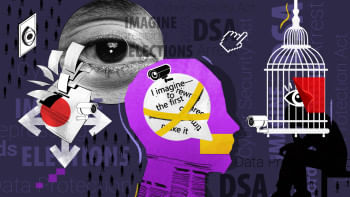
 For all latest news, follow The Daily Star's Google News channel.
For all latest news, follow The Daily Star's Google News channel. 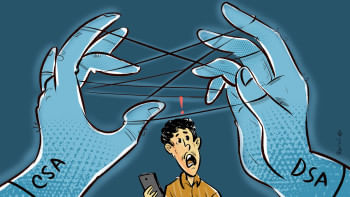
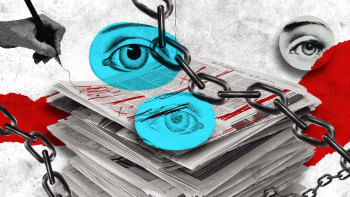



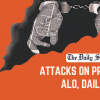

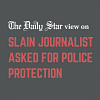
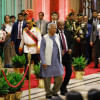


Comments